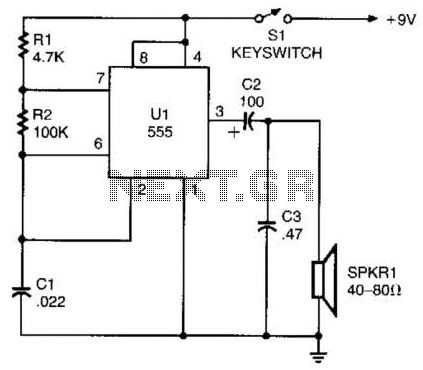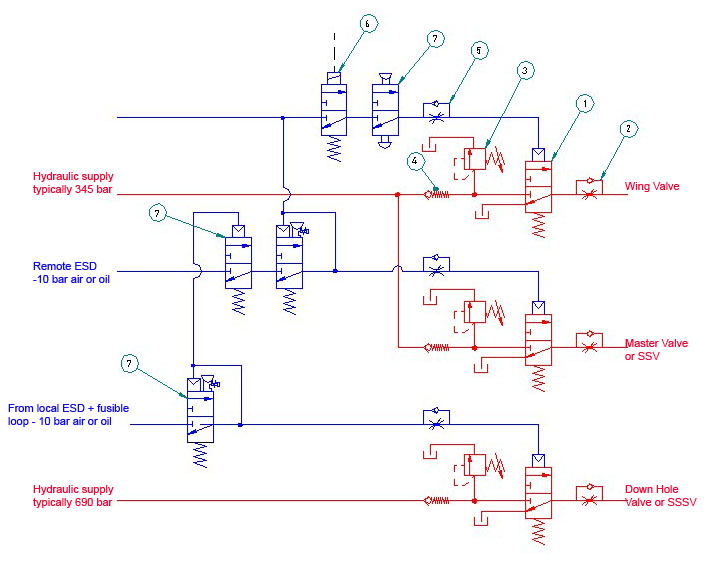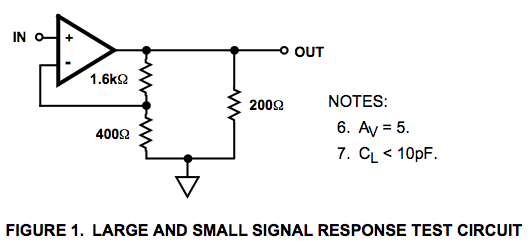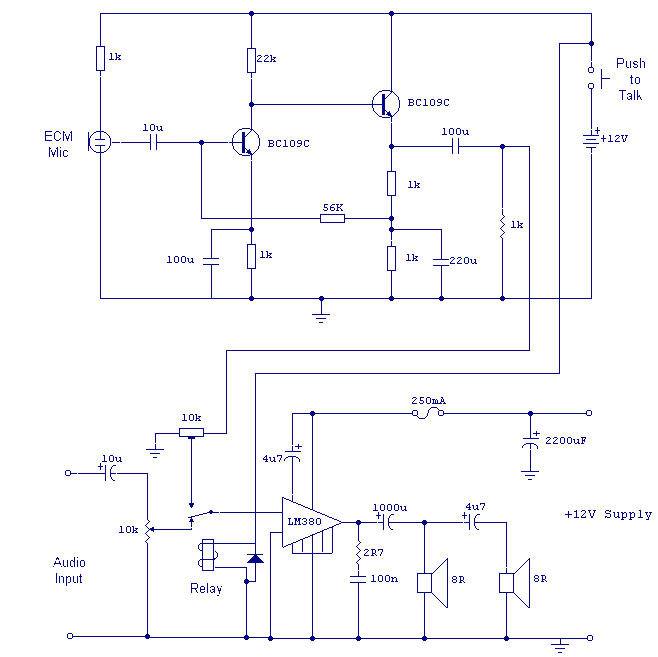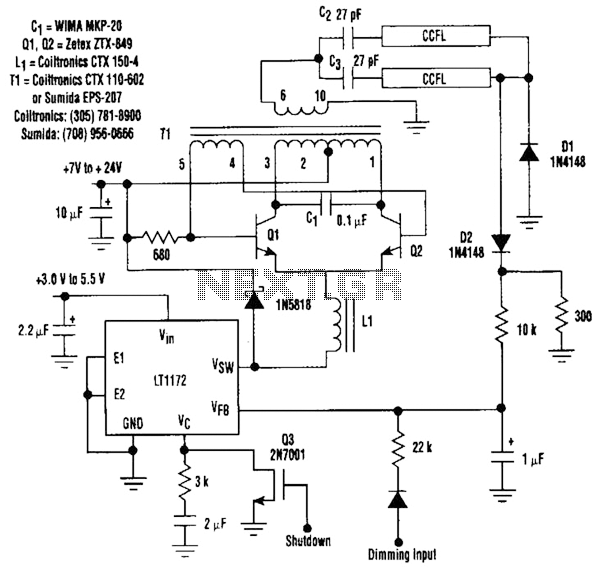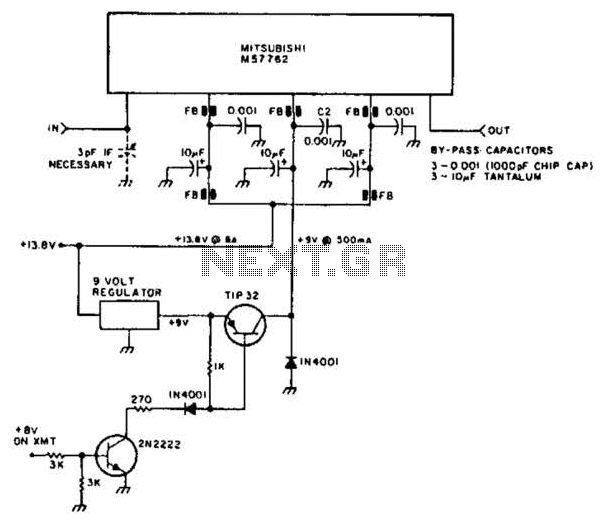
logic tutor circuit
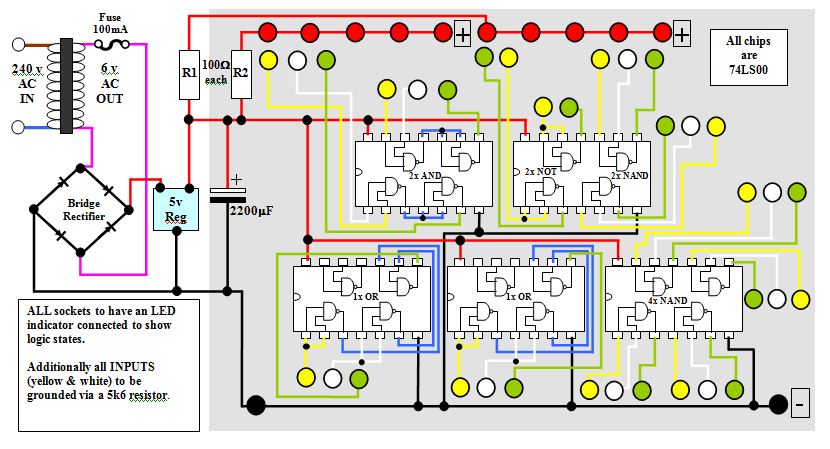
This circuit diagram for a logic tutor kit was created using MS Word graphics. While modern software is commonly utilized, there may be instances where traditional methods are necessary. Employ a sharp pencil and a ruler to ensure precision; conductors should intersect at right angles, and junction points should be indicated with black circles. It is essential to label the component values accurately. A poorly constructed circuit diagram serves no purpose, whereas a well-designed diagram enables another electronic engineer to replicate the circuit accurately, ensuring it functions identically to the original design.
The circuit diagram for a logic tutor kit serves as a foundational tool for understanding digital logic principles. This diagram typically includes various logic gates such as AND, OR, NOT, NAND, NOR, XOR, and XNOR, which are essential for building complex digital circuits. Each component should be clearly labeled with its corresponding value and type to facilitate easy identification during assembly.
In creating the diagram, it is crucial to maintain clarity and organization. Conductors should be drawn with straight lines, intersecting at right angles to minimize confusion and enhance readability. Junctions where conductors meet must be marked with black circles to indicate connectivity, ensuring that anyone reviewing the diagram can easily follow the circuit pathways.
Furthermore, the use of a ruler will enhance the neatness of the diagram, allowing for a professional appearance that reflects the quality of the design. Each component’s symbol should adhere to standard conventions to promote universal understanding among engineers.
In addition to the visual aspects, the schematic should include a legend or key that explains the symbols used, further aiding comprehension. This is particularly important for novice engineers or students who may be unfamiliar with specific logic gate symbols.
Ultimately, the goal of the circuit diagram is not only to provide a blueprint for construction but also to serve as an educational tool. A well-crafted diagram will assist learners in grasping the concepts of digital logic, enabling them to explore and innovate in the field of electronics.This circuit diagram for a logic tutor kit was made from MS Word graphics. Although it's usual to use software nowadays, you may need to do it the old-fashioned, low-tech, way. Use a sharp pencil; Use a ruler; Conductors meet at right-angles; Junctions have black circles; Put down the values of the components.
A bad circuit diagram is use to neither man nor beast. A good circuit diagram is one that another electronic engineer can pick up and build the circuit that you have designed. And it will work in exactly the same way as your original circuit. 🔗 External reference
The circuit diagram for a logic tutor kit serves as a foundational tool for understanding digital logic principles. This diagram typically includes various logic gates such as AND, OR, NOT, NAND, NOR, XOR, and XNOR, which are essential for building complex digital circuits. Each component should be clearly labeled with its corresponding value and type to facilitate easy identification during assembly.
In creating the diagram, it is crucial to maintain clarity and organization. Conductors should be drawn with straight lines, intersecting at right angles to minimize confusion and enhance readability. Junctions where conductors meet must be marked with black circles to indicate connectivity, ensuring that anyone reviewing the diagram can easily follow the circuit pathways.
Furthermore, the use of a ruler will enhance the neatness of the diagram, allowing for a professional appearance that reflects the quality of the design. Each component’s symbol should adhere to standard conventions to promote universal understanding among engineers.
In addition to the visual aspects, the schematic should include a legend or key that explains the symbols used, further aiding comprehension. This is particularly important for novice engineers or students who may be unfamiliar with specific logic gate symbols.
Ultimately, the goal of the circuit diagram is not only to provide a blueprint for construction but also to serve as an educational tool. A well-crafted diagram will assist learners in grasping the concepts of digital logic, enabling them to explore and innovate in the field of electronics.This circuit diagram for a logic tutor kit was made from MS Word graphics. Although it's usual to use software nowadays, you may need to do it the old-fashioned, low-tech, way. Use a sharp pencil; Use a ruler; Conductors meet at right-angles; Junctions have black circles; Put down the values of the components.
A bad circuit diagram is use to neither man nor beast. A good circuit diagram is one that another electronic engineer can pick up and build the circuit that you have designed. And it will work in exactly the same way as your original circuit. 🔗 External reference
Warning: include(partials/cookie-banner.php): Failed to open stream: Permission denied in /var/www/html/nextgr/view-circuit.php on line 713
Warning: include(): Failed opening 'partials/cookie-banner.php' for inclusion (include_path='.:/usr/share/php') in /var/www/html/nextgr/view-circuit.php on line 713
